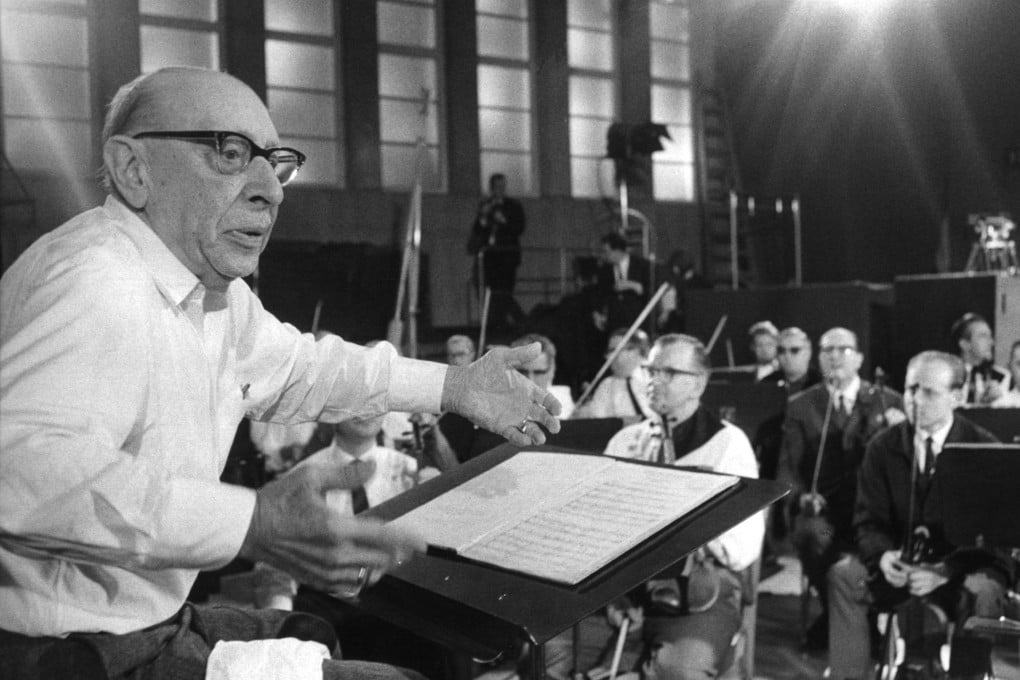The Rite stuff: Igor Stravinsky
Centenary of Stravinsky's notorious work prompts fond memories of the mainland's and HK's first attempts to meet its challenge, writes Oliver Chou

"One day, when I was finishing the last pages of The Firebird in St Petersburg [in 1910], I had a fleeting vision … I saw in imagination a solemn pagan rite: sage elders, seated in a circle, watched a single girl dance herself to death. They were sacrificing her to propitiate the god of spring."
And so composer Igor Stravinsky explains the origins of his most controversial work for ballet, The Rite of Spring, made famous by its riotous première at Théâtres des Champs-Élysées in Paris on May 29, 1913 - exactly 100 years ago this week.
What drove the sophisticated Parisian audience into a frenzy wasn't so much the pagan subject matter - it was what was happening on stage, compounded by the music coming from the pit. Dancers from the Ballets Russes were dressed up as what Stravinsky called "knock-kneed Lolitas", rough-hewn outfits that recalled a kind of prehistoric Russian primitivism that contrasted sharply with the elegant ballerinas who danced in Chopin's Les Sylphides just before the debut of The Rite.
Stravinsky's exotic music features unconventional metre changes and rhythmic effects played on heavy orchestration. It wrings new sounds out of old instruments such as the bassoon, the bass clarinet, the alto flute and the tenor tuba. It is a work that set out to defy tradition - and remain open to all musical possibilities.
Given the technical challenge of the unusual score, The Rite has become a benchmark test of an orchestra's virtuosity. And it is this challenge that tempted musicians in Beijing to try it out as soon as the official ban on "decadent" modern music was lifted. But they would have to wait until almost seven decades after the Paris première.